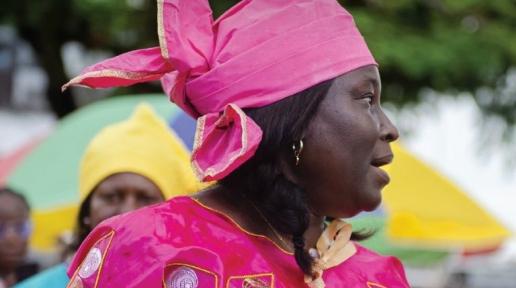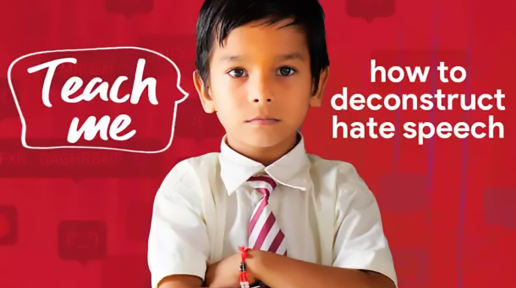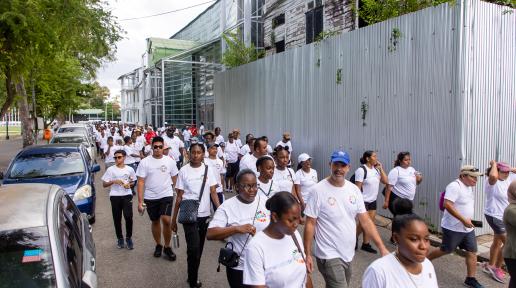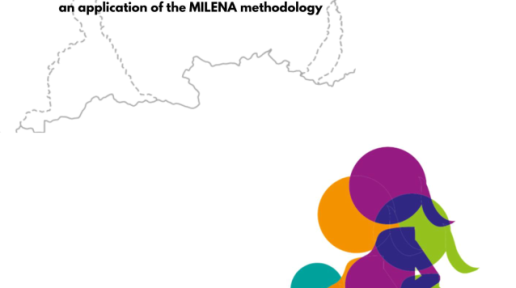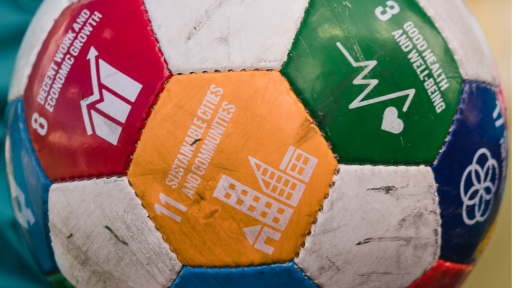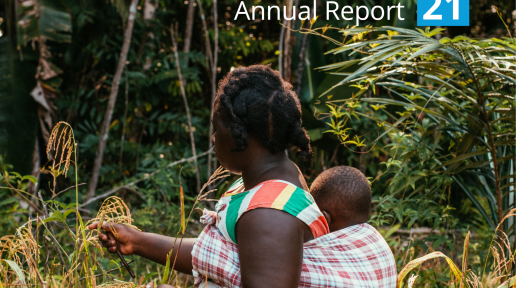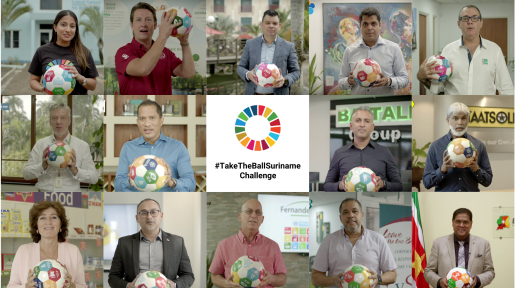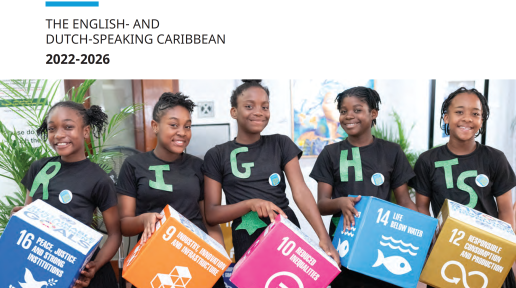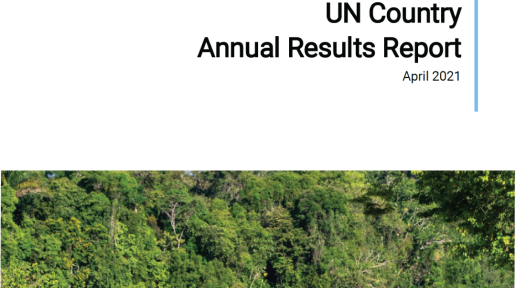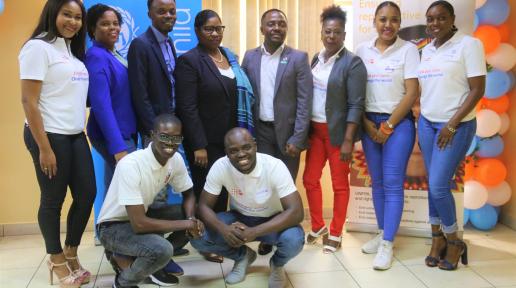Quality Education
Progress towards quality education was already slower than required before the pandemic, but COVID-19 has had devastating impacts on education, causing learning losses in four out of five of the 104 countries studied.
Without additional measures, an estimated 84 million children and young people will stay out of school by 2030 and approximately 300 million students will lack the basic numeracy and literacy skills necessary for success in life.
In addition to free primary and secondary schooling for all boys and girls by 2030, the aim is to provide equal access to affordable vocational training, eliminate gender and wealth disparities, and achieve universal access to quality higher education.
Education is the key that will allow many other Sustainable Development Goals (SDGs) to be achieved. When people are able to get quality education they can break from the cycle of poverty.
Education helps to reduce inequalities and to reach gender equality. It also empowers people everywhere to live more healthy and sustainable lives. Education is also crucial to fostering tolerance between people and contributes to more peaceful societies.
To deliver on Goal 4, education financing must become a national investment priority. Furthermore, measures such as making education free and compulsory, increasing the number of teachers, improving basic school infrastructure and embracing digital transformation are essential.
What progress have we made so far?
While progress has been made towards the 2030 education targets set by the United Nations, continued efforts are required to address persistent challenges and ensure that quality education is accessible to all, leaving no one behind.
Between 2015 and 2021, there was an increase in worldwide primary school completion, lower secondary completion, and upper secondary completion. Nevertheless, the progress made during this period was notably slower compared to the 15 years prior.
What challenges remain?
According to national education targets, the percentage of students attaining basic reading skills by the end of primary school is projected to rise from 51 per cent in 2015 to 67 per cent by 2030. However, an estimated 300 million children and young people will still lack basic numeracy and literacy skills by 2030.
Economic constraints, coupled with issues of learning outcomes and dropout rates, persist in marginalized areas, underscoring the need for continued global commitment to ensuring inclusive and equitable education for all. Low levels of information and communications technology (ICT) skills are also a major barrier to achieving universal and meaningful connectivity.
Where are people struggling the most to have access to education?
Sub-Saharan Africa faces the biggest challenges in providing schools with basic resources. The situation is extreme at the primary and lower secondary levels, where less than one-half of schools in sub-Saharan Africa have access to drinking water, electricity, computers and the Internet.
Inequalities will also worsen unless the digital divide – the gap between under-connected and highly digitalized countries – is not addressed.
Are there groups that have more difficult access to education?
Yes, women and girls are one of these groups. About 40 per cent of countries have not achieved gender parity in primary education. These disadvantages in education also translate into lack of access to skills and limited opportunities in the labour market for young women.
What can we do?
Ask our governments to place education as a priority in both policy and practice. Lobby our governments to make firm commitments to provide free primary school education to all, including vulnerable or marginalized groups.
Goal 4 Targets
4.1 By 2030, ensure that all girls and boys complete free, equitable and quality primary and secondary education leading to relevant and Goal-4 effective learning outcomes
4.2 By 2030, ensure that all girls and boys have access to quality early childhood development, care and preprimary education so that they are ready for primary education
4.3 By 2030, ensure equal access for all women and men to affordable and quality technical, vocational and tertiary education, including university
4.4 By 2030, substantially increase the number of youth and adults who have relevant skills, including technical and vocational skills, for employment, decent jobs and entrepreneurship
4.5 By 2030, eliminate gender disparities in education and ensure equal access to all levels of education and vocational training for the vulnerable, including persons with disabilities, indigenous peoples and children in vulnerable situations
4.6 By 2030, ensure that all youth and a substantial proportion of adults, both men and women, achieve literacy and numeracy
4.7 By 2030, ensure that all learners acquire the knowledge and skills needed to promote sustainable development, including, among others, through education for sustainable development and sustainable lifestyles, human rights, gender equality, promotion of a culture of peace and non-violence, global citizenship and appreciation of cultural diversity and of culture’s contribution to sustainable development
4.A Build and upgrade education facilities that are child, disability and gender sensitive and provide safe, nonviolent, inclusive and effective learning environments for all
4.B By 2020, substantially expand globally the number of scholarships available to developing countries, in particular least developed countries, small island developing States and African countries, for enrolment in higher education, including vocational training and information and communications technology, technical, engineering and scientific programmes, in developed countries and other developing countries
4.C By 2030, substantially increase the supply of qualified teachers, including through international cooperation for teacher training in developing countries, especially least developed countries and small island developing states
Source: UN Sustainable Development


